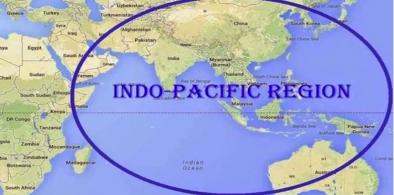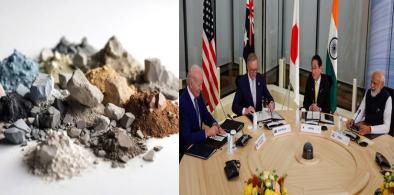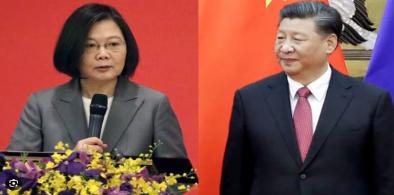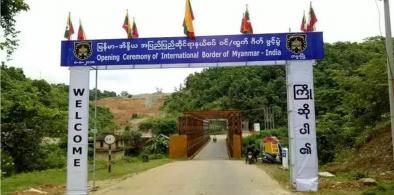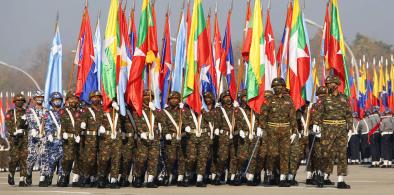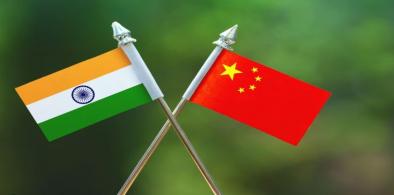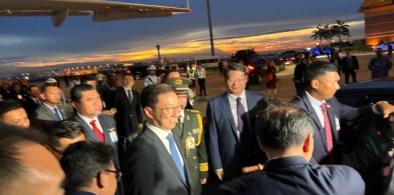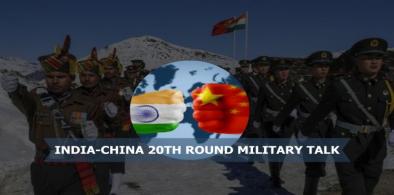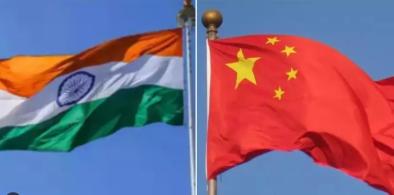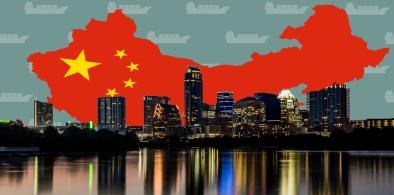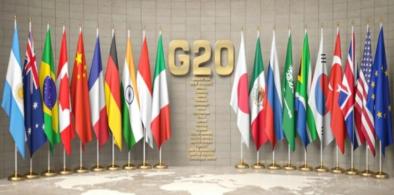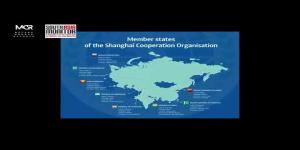The US meanwhile, remains resilient in its future demographic and economic growth projection and stability, alongside the prospects of India. The so-called rise of China is now reversing, and the perceived decline of the US and the West is not happening.

Is A India–China War Possible? A Fragile Peace Will More Likely Hold
While low-level clashes may continue, the possibility of a large-scale conflict, as projected by recent U.S. intelligence reports, remains far-fetched. Both countries are acutely aware that they stand to lose far more than they can gain. Despite uneasy relations, several factors actively discourage conflict
China's Reactions To Terror Incidents: State And Social Media Echo Clear Bias For Pakistan
The two incidents in India and Pakistan over the course of a week have shown that the coverage of terrorism by the Chinese media ecosystem largely reinforces the state’s foreign policy narratives and preferences for alignment in South Asia. Pakistan emerges as a clear preference for the public, which is reinforced by commentators and opinion makers on non-state news media platforms.
China’s CPEC Extension To Afghanistan Has Security Implications For Region
CPEC 2.0 is expected to serve as a major leverage tool for China to access Afghanistan’s untapped natural resources and enhance connectivity to Pakistan and Central Asia. However, for Afghanistan, the initiative may be more of a challenge than an opportunity. Countries such as Sri Lanka and the Maldives have already faced severe economic consequences from poorly structured Chinese-funded projects.
China's New Great Game: How Beijing is Redrawing South Asian Geopolitics
China's rise has, in the consensus view of most international relations scholars, fundamentally changed South Asia. The old, India-centric region is gone. Pakistan has tied its future to Beijing, seeing China as its ultimate guarantor. Bangladesh has played a smart game, using Chinese money for national development while maintaining its "friendship-to-all" foreign policy. The Teesta project shows Dhaka's new confidence in following its own national interest. For India, the challenge is immense, as it must now compete for influence in its own backyard.
Passage of Resolve Tibet Act in US Congress significant, but will it move Beijing?
Among other things, the bill, which is now an act, dismisses as inaccurate the Chinese claim that Tibet has been part of China since ancient times and empowers the State Department to actively counter China’s disinformation about Tibetan history, people and institutions.
QUAD's strategic role in shaping a robust critical mineral supply chain in the Indo-Pacific
The critical mineral supply chain in the Indo-Pacific is undergoing transformative changes through new deals, reforms, and negotiations facilitated by the strategic partnership of QUAD.
The continuing shroud of secrecy over Ladakh faceoffs
The belligerence by the PLA also exposes the futility of continuing Corps Commander-level military-to-military talks when China has repeatedly indicated there will be no more PLA pullback.
Why Taiwan election results are important for future of democracy and containment of China
Beijing might still use this election victory for President Tsai as a pretext to increase aggression and to justify that peaceful reunification is a lost cause, portraying the DPP as the cause of increasing cross-Strait tensions.
Japan's Big-B initiative aligns with Bangladesh's blue economy vision
As traditional geopolitics transforms, with the Gulf regaining centrality in the larger Indo-Pacific arena, India, Japan, and Southeast Asia see their strategic perspectives increasingly converge. The Big-B plan has significant implications for India, Bangladesh's Look East policy, and Thailand's Look West policy.
Dealing with deteriorating Myanmar situation requires a realpolitik approach
It would be prudent to establish a joint working mechanism with Myanmar at the diplomatic and military levels for managing the borders - unless we want China to keep winning.
Is Myanmar heading for a cataclysm with mounting challenges to army rule?
China and Russia have shown their support for Myanmar despite the dire situation there, and their interest in the region is evident by their growing naval presence in the Indian Ocean and Bay of Bengal.
India-China border talks: Round and round China’s mulberry tree?
As far as China is concerned, the so-called buffer zones are now a permanent arrangement and it knows India can do precious little about it. That is why China has been saying keep the border issue separate and get on with the bilateral relations.
Why Malaysia is strategically important to China in its IOR calculations
Melaka is also seen as a possible counterbalancing base against potential power presence in the Nicobar Island chain in the Andaman Sea and as a fallback in complementing China's existing forward bases and port capacities in Gwadar in Pakistan and in linking up with the other routes in accessing the Indian Ocean.
China's offensive intent intact despite 20 rounds of military talks
The Indian government has no answer to the question that if we have not lost any territory, then why the 20 rounds of military-to-military talks?
China's grey-zone warfare needs to be countered by India
The organisation of the Forum a few kilometres away from the eastern sector of the Line of Actual Control (LAC) not only signalled Beijing’s disregard for the LAC but also its attempt to buttress its claims over Arunachal as part of Tibet (Xizang) by selecting the venue of the international meeting in Nyingchi
Despite strained political ties, India must continue to do business with China
The conflict of interest between India and China on the political front is likely to continue for a long time to come, with China’s territorial greed being what it is. However, business dealings between both countries must continue since such business is of mutual interest to both India and China.
A new perspective on Indo-Pacific security: Need for QUAD to develop Underwater Domain Awareness (UDA) framework
India will do well to initiate the SWAMs and build a nuanced acoustic capacity and capability-building initiative nationally and at the regional level. The Security And Growth for All in the Region (SAGAR) vision of India will be better served with an effective implementation of the UDA framework on the ground.
Is the G20 slipping from China’s grasp?
The debt phenomenon is so significant that nearly half the African Union member states are in debt – mostly to the state-owned banks of China. Countries in South America and Asia are also being caught up in this debt slide. While the New Delhi G20 summit only appealed to countries to address this serious debt issue, that China is now being seen as a part of the problem seems to be hanging over it like a Sword of Damocles.





